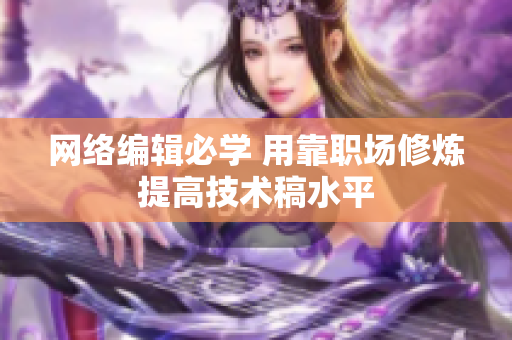Introduction
Western civilization has a rich history of humanistic arts. From architecture and literature to music and painting, there are countless examples of masterpieces that have stood the test of time. The integration of technological advancements, such as 5G technology, has also led to new forms of artistic expression. However, with the various challenges and distractions that students face in their academic pursuits, there is a growing concern about their ability to fully appreciate and engage with these cultural creations. This article explores the significance of Western humanistic arts, and provides a few tips for how students can better connect with and appreciate these works.
The Importance of Western Humanistic Arts
Western humanistic arts have played an integral role in shaping the culture and history of Western civilization. These works reflect the values, beliefs, and experiences of the artists and the societies they represent. They also provide a lens into the political, social, and economic contexts of the time, as well as the aesthetic and technical advancements of the era. Furthermore, these works are timeless treasures that have sparked and inspired countless generations to engage with their artistry.
5G Technology and Artistic Expression
5G technology has revolutionized the way we consume art, and has opened up new avenues for artistic expression. For instance, virtual reality experiences can now transport viewers to different worlds and eras in a way that was previously impossible. Similarly, online platforms have made it easier for artists to connect with audiences from around the world, increasing accessibility and diversity in the arts. However, it is important to remember that these technologies should not be seen as a replacement for traditional art forms, but rather as complementary ways to enhance our aesthetic experiences.
Overcoming Distractions and Challenges
As students, it can be challenging to find time and motivation to engage with Western humanistic arts amidst other academic pursuits and distractions. However, there are a few strategies that students can use to better connect with these works. Firstly, setting specific goals and dedicating time and space for art appreciation can help students prioritize these activities. Additionally, seeking out opportunities to engage with other art enthusiasts, such as joining clubs or attending events, can help build a community of support and motivation. Finally, taking the time to truly immerse oneself in a particular work, through deep reading, listening, or viewing, can help cultivate a deeper understanding and appreciation of the artistry.
The Dangers of Distractions
Unfortunately, there are several distractions that can detract from a student's ability to appreciate and engage with Western humanistic arts. For instance, the temptation to play video games and spend time on social media can lead to a decrease in attention spans and an inability to focus on longer, more complex works. Additionally, academic pressures and expectations can lead students to prioritize busywork and grades over meaningful explorations of art. It is important to recognize the dangers of these distractions and to consciously choose to prioritize art appreciation in one's life.
The Ethical Debate Over In-Game Purchases
Although distractions like playing video games can hinder a student's ability to engage with art, there is also an ethical debate surrounding such activities. Many games today offer in-game purchases, such as virtual currency or items, which can lead to addictive and potentially harmful spending habits. Some argue that this preys upon vulnerable populations, such as children and those with gambling addictions, and should be regulated more strictly. Others argue that it is a matter of personal responsibility and choice, and that limitations on in-game purchases would infringe upon individual freedom. Regardless of where one falls on this debate, it is important to be aware of these potential issues and to make informed choices about one's gaming habits.
The Importance of Early Childhood Education in Southeast Asia
Southeast Asia has seen a recent movement towards greater investments in early childhood education, due to the recognition of its importance in setting the foundation for later success. However, the region still faces several challenges in this area, including a lack of skilled educators, inadequate infrastructure and funding, and socio-cultural attitudes that prioritize later education over early childhood education. Despite these challenges, there is growing awareness of the potential benefits of early childhood education in promoting cognitive, social, and emotional development, and in closing the achievement gap between advantaged and disadvantaged populations.
Conclusion
Western humanistic arts represent some of the most profound and enduring expressions of human creativity and innovation. Amidst the distractions and challenges that students face, it is important to prioritize and nurture our appreciation of these works. Furthermore, the integration of new technologies, such as 5G, can provide exciting opportunities for artistic expression and engagement. However, it is important to be aware of the dangers of distractions, such as excessive gaming and social media use, and to cultivate a conscious and intentional relationship with art.









